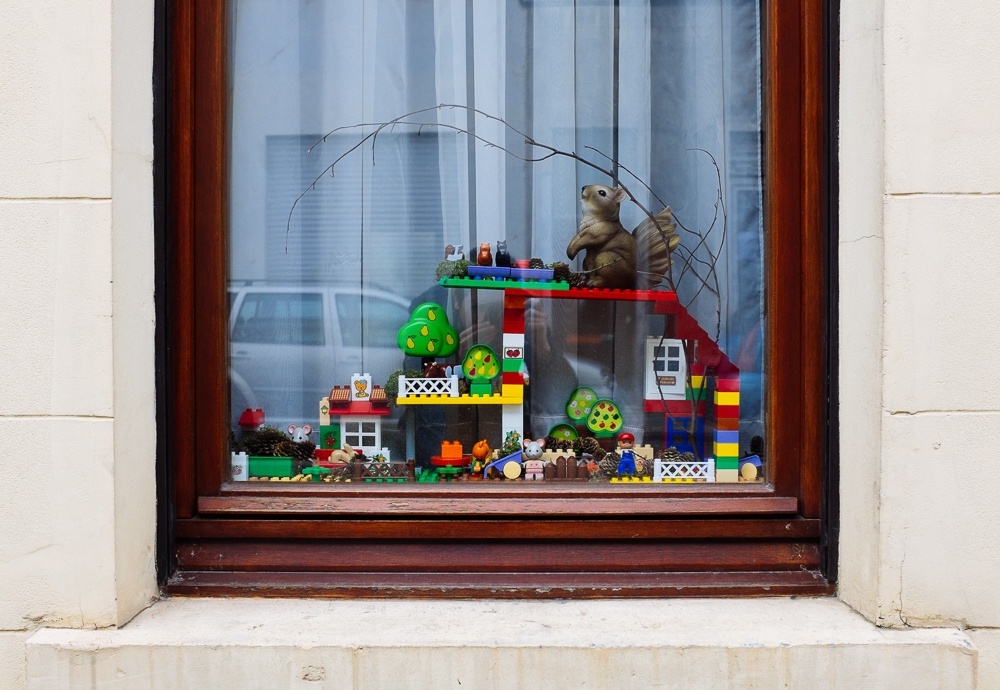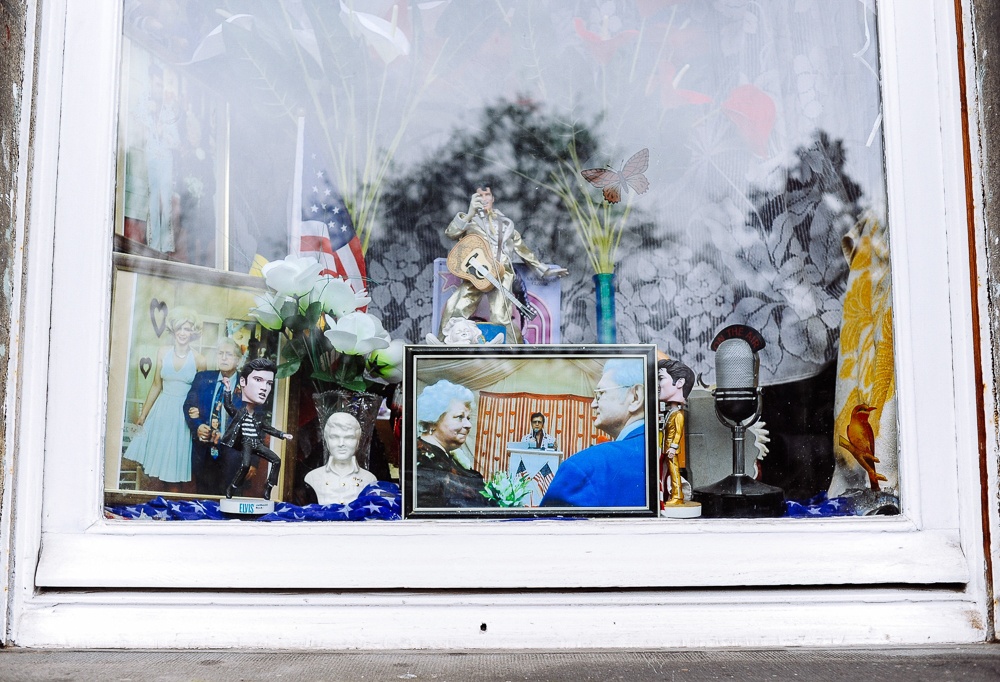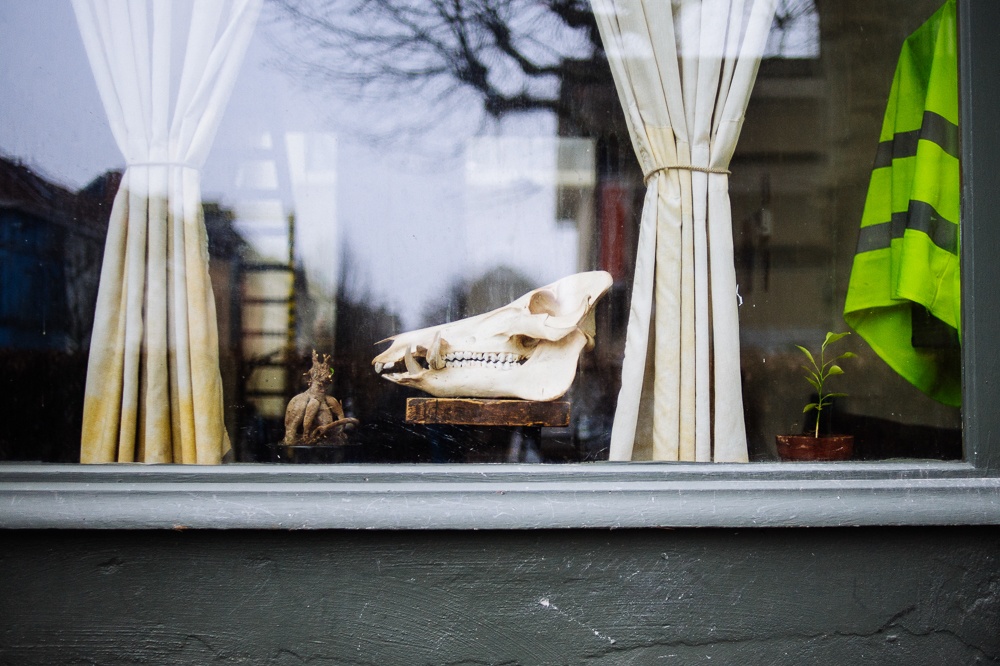blog
Interview with photographer Jean-Luc Feixa

F-Stop Magazine: How did you first become involved in photography and what led to you working in this medium as an artist?
Jean-Luc Feixa: I started quite young, around 14 years old, following an internship in a newspaper, some time before the rapid expansion of digital cameras. The newspaper reporters were still developing their film and that’s where I started, first with laboratory work before taking pictures. My grandfather being a painter, I had tried to train myself in this technique, but I wasn’t good enough. Photography helped me to make up for this lack of technique and I got hooked. Since then, I have never left this medium.
F-Stop: The current issue of F-Stop Magazine includes images from your project “Strange Things Behind Belgian Windows” can you tell us about this project? What led to this work?
JLF: This project evolved from a simple observation. I live in Brussels, and every day on my path to work I passed in front of windows that included various odd objects. Gradually, I paid more attention to these details, and one day I came across one displaying a large coloured lego construction. A group of 5 or 6 children were standing in front, commenting on the display and explaining that it was created by one of their friends. That’s how it started. I told myself that it would be interesting to engage on the subject of what people left behind their front windows. I first wanted to capture the odd details, but thereafter to explore the wider story hidden behind these objects. For example, the photo of the couple with the trinkets devoted to Elvis. These people were absolute fans of the King, and transformed their windows into a museum in his memory, a shrine almost, I found it fascinating. This project is thus a small exploration into people’s privacy.
I normally work in black and white and this series was also a challenge because I didn’t have a good handle on color. It also allowed me to free myself from certain techniques or constraints. For example, I worked a lot with my mobile phone or very simple equipment. The idea was to document a fact, almost to create an archive of a city.

F-Stop: How do you choose window displays to photograph, what are you looking to capture?
JLF: In particular, I looked for objects that could give an idea of the owners’ passions. For example, football shirts, vinyl records, photos of Elvis… The idea of this work is to plunge into the intimacy of the home. Afterwards, I also have a passion for very graphic installations. For example, I love the picture of the magnificent parrot whose yellow and blue finery lit up the street all by itself.

F-Stop: For me looking through the images in this project, i see a lot of what appear to be basically still life constructions set up for the outside world, with items facing out towards the public. Can you say a bit more about how these views you capture explore people’s privacy and the intimacy of the home?
JLF: Displaying an object facing the street is not trivial or frivolous. The people with whom I was able to talk, especially Elvis fans or the one who had placed the stuffed fox, wanted either to show the spectators a part of their passions or to provoke some reflexion. This people consciously exposed an intimate part of their passions in order to arouse interest and provoke an exchange. This element of conversation is very interesting I think. Couldn’t these windows I suddenly start finding all over the country be a form of dialect? My wish is to believe that they actually are, although it seems that no one is posting them on social media, but they are on the streets, just for the sake of conversation with anyone passing by, it sounds to me like “here I am and I have something to share with you”, be it a stuffed fox, dusty objects, cats, dolls, or pharaohs. Discovering new things, a new universe, that’s what art is all about, I think.
F-Stop: Can you discuss your process for making these images or your creative process more generally?
JLF: This series is quite atypical in my work because I photograph mainly in black and white with my faithful Leica M6. I then develop the films and make or order the prints. It’s a long, slower process. This time, I wanted something simpler, therefore the technique is reduced to a minimum. I often use my mobile phone or my Nikon D700. Post-production is very straightforward. It’s really a series that could be described as a documentary, unlike my usual work, which is more of an “auteur” approach.

F-Stop: Are you working on any other projects currently?
JLF: I’m actually working on a project called “Slow Porn Food” which illustrates the strangeness of advertisements for an American fast-food brand placed in the middle of small villages in the South of France. This marriage between hyper-consumerism and the fixed beauty of these villages is quite striking.
Otherwise, I’m mounting my next exhibition on a very personal work made in China, in black and white.
F-Stop: What photographers or other artists inspire you?
JLF: Concerning my influences, I particularly like American realism in painting, with representatives like Edward Hopper. The idea of describing a reality, while tinting it with a touch of melancholy and solitude, irrigates my work. In photography, my references are clearly to artists who are masters of black and white, I admire the work of Sergio Larrain for example, whose series on Valparaiso remains a reference for me. I am also a big fan of Raymond Depardon’s, or Gabrielle Duplantier monochrome work and regularly read the magnificent books of Renato d’Agostin.
For more of Jean-Luc Feixa’s work see the current issue of F-Stop Magazine or visit: www.jeanlucfeixa.com
The book “Strange Things Behind Belgian Windows” will be published March 2020 by Luster books edition.
Location: Online Type: Featured Photographer, Interview
Events by Location
Post Categories
Tags
- Abstract
- Alternative process
- Architecture
- Artist Talk
- Biennial
- Black and White
- Book Fair
- Car culture
- Charity
- Childhood
- Children
- Cities
- Collaboration
- Community
- Cyanotype
- Documentary
- Environment
- Event
- Exhibition
- Faith
- Family
- Fashion
- Festival
- Film Review
- Food
- Friendship
- FStop20th
- Gender
- Gun Culture
- Hom
- home
- journal
- Landscapes
- Lecture
- Love
- Masculinity
- Mental Health
- Museums
- Music
- Nature
- Night
- nuclear
- Photomontage
- Plants
- Podcast
- Portraits
- Prairies
- Religion
- River
- Still Life
- Street Photography
- Tourism
- UFO
- Water
- Zine

Leave a Reply